I promise, this is not another “DSLR is dead” article. In fact, as I was thinking about this post a few weeks back, I thought of ways not to make it sound like I am trying to bury any brand or camera system, as I am well-aware that discussing photography gear can sometimes bring all kinds of anger in people. Instead, what I want to do in this article, is talk about the state of the camera industry and where things are headed in the near and distant future, and what it means for DSLR owners.
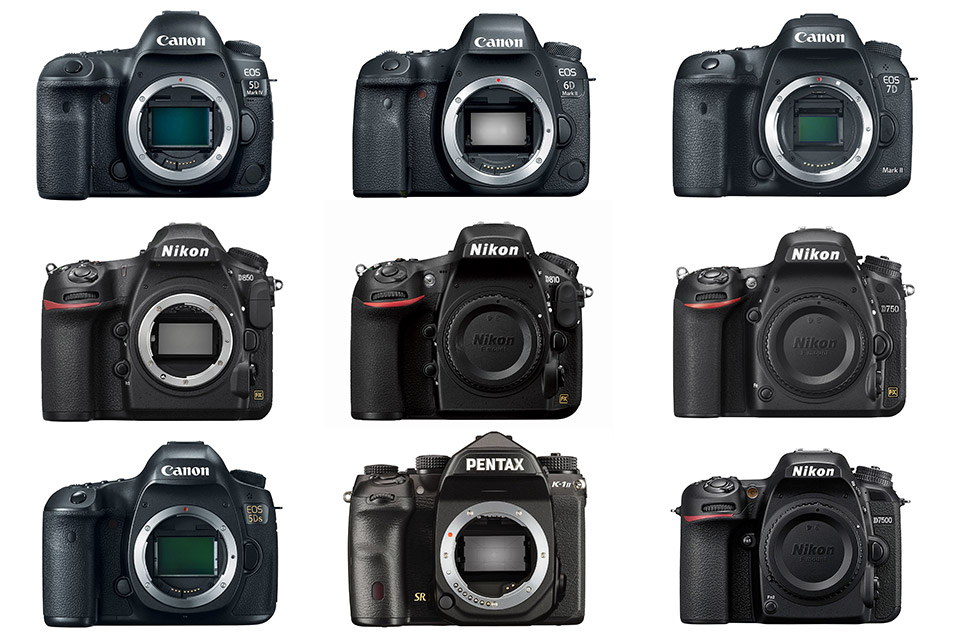
DSLR Development Has Stopped
The fact of the matter is, DSLR development has basically ceased across all camera brands (with Ricoh / Pentax being the only exception, as the company does not have any intentions or resources with pursuing mirrorless tech). Canon has already confirmed that it moved its lens development efforts to its RF mount, saying that it will not touch the EF mount “unless the market demands it”. Nikon recently said something very similar, pointing out that for the time being, the company will concentrate on mirrorless cameras. Simply put, this is a major shift of R&D resources towards mirrorless, and with the rise of the smartphone, as well as the economic effects of the global pandemic, a double whammy, the process is only getting accelerated. And it looks like things are going to stay this way, at least for a while, until the market stabilizes.

Just when we think that the camera market is about to recover, we get new reports of falling demand, significant losses among camera manufacturers, and reports of shifts in consumer behavior. Yes, the smartphone is continuing its devastating effect on the camera industry, and most companies, including Canon and Nikon, have not been able to really figure out the direction they should be taking. DSLR sales have taken a huge beating and basically plummeted to all-time lows, and the only part of the camera market that seems to be doing comparably better in terms of new sales is mirrorless. So it makes sense that the big two really have no choice but to embrace new tech, or they will be soon looking at the same fate as Olympus.
DSLR Has Already Hit the Innovation Wall
The thing is, DSLR development seems to have reached its maximum potential. What is there left to improve? Cameras like the Nikon D850 or the D6 are near-perfect DSLRs in almost every way, with blazing-fast autofocus systems, crazy continuous shooting speeds, huge buffers, and excellent image quality. You can’t really take phase-detection AF on DSLRs to a whole new level, because of physical and technological limitations. Canon has been adding its Dual Pixel AF (on-sensor PDAF) technology to its recent DSLRs to make them a bit more appealing, and Nikon did the same thing in its D780 DSLR for the same reason. However, it requires one to be in Live View mode (rendering the optical viewfinder completely useless), and it is not like this addition has somehow increased demand and interest in DSLR cameras.

CMOS sensor technology has not really advanced to new levels either, only incremental updates. While we have stacked BSI CMOS sensors now, such as the one from the new Sony A1, it is not like they take high ISO performance to vastly new levels. And even if there was new sensor tech, you can’t really push it as the only new feature – that would upset existing customers who want more features and innovation.
What else could you do? Add IBIS? While it sounds great, implementing IBIS properly on a DSLR is not easy. If you stabilize the sensor without stabilizing the mirror or the pentaprism in the same way, you are going to be looking at a jumpy viewfinder, and it will no longer represent reality. Imagine if your final photo has different framing compared to what you saw on the OVF – that would be frustrating. Pentax has implemented IBIS on its DSLRs, but if you ask any Pentax shooter, they will tell you that they wish the OVF was stabilized as well. Sadly, there is no practical solution to this. Anything you do will just increase the complexity and the size of the DSLR.

So aside from things like sensor resolution, shooting speed, more movie options, maybe some extra in-camera features, there isn’t much room left for real innovation with DSLR cameras.
Mirrorless is the Tech
Mirrorless technology, on the other hand, opens up all kinds of innovation potential. Just take a look at the recent mirrorless cameras like the Canon EOS R5/R6 and Sony A1. Crazy AF point coverage, advanced scene and subject recognition, face and eye detection that works not just on humans, but also on animals and birds. IBIS, pixel-shift, a boatload of advanced video features, better optics due to reduced flange distance…

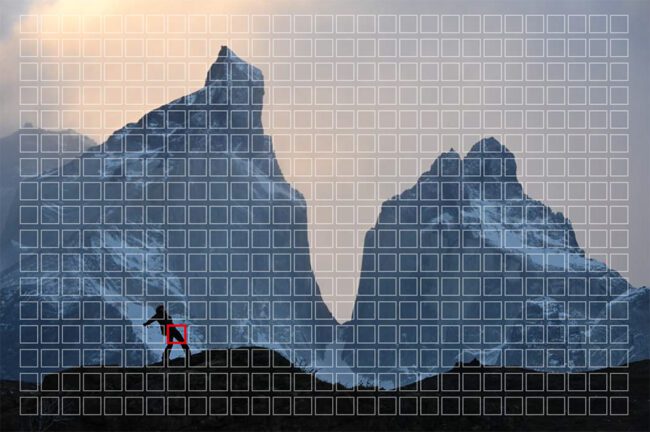
I could go on and on, but you get the point. Mirrorless is where technology is today, and there is plenty of room for real innovation. With ever-evolving autofocus systems that utilize machine learning and AI, we will soon see automation that will take away the complexity of using an advanced camera. Point your camera at a subject, and your camera will be smart enough to know what you are trying to photograph. It will know where to focus, providing accurate and consistently good results.
With the sensor technology’s current limitations, we will soon be seeing image averaging capabilities (which is already being utilized on smartphones) making their way into mirrorless cameras, so that your ISO 6400 image looks like an ISO 100 image. Pixel-shift for higher resolution images will eventually take place in-camera, producing a single RAW file. We should be seeing all kinds of smart in-camera image processing as well. And I am just scratching the surface here.
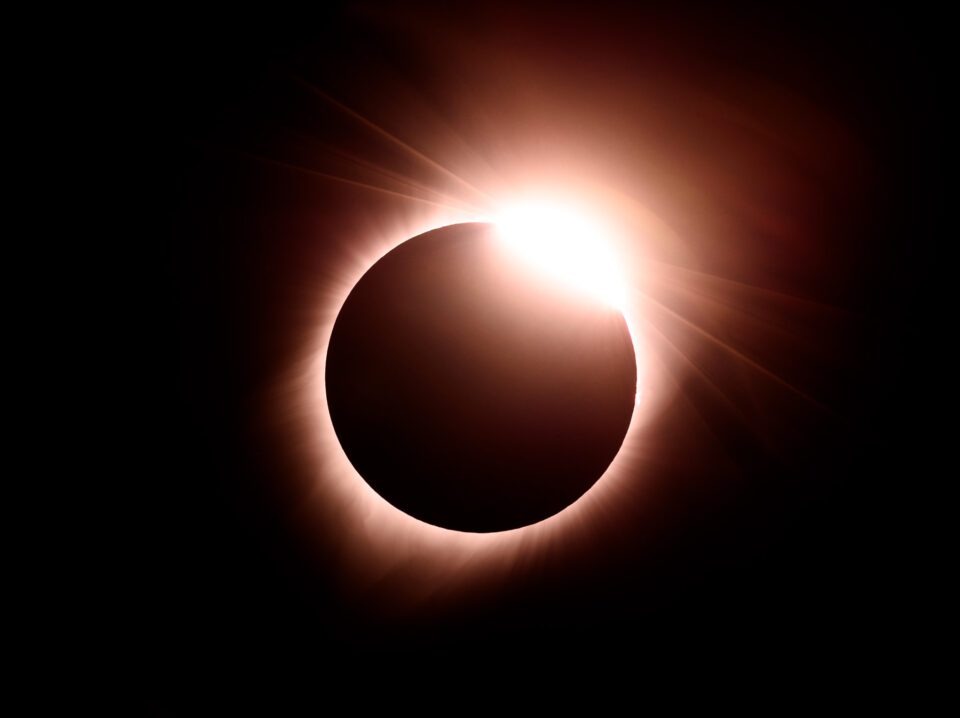
The simple fact is that most future camera innovations will involve heavy use of software and artificial intelligence. Whichever camera manufacturer is going to be stronger in software will ultimately become the leader. You can easily draw parallels from the smartphone industry to the camera industry – that’s eventually where the big camera tech is going to be heading.
Who Cares? I Love My DSLR!
You have probably heard some photographers say something like “you can only pry my DSLR from my cold, dead hands”. It is true that many photographers out there have zero interest in mirrorless technology and prefer using a DSLR. Some continue to use DSLRs for financial reasons, trying to avoid a costly system upgrade, while others have their own reasons, such as preferring OVF over EFV, wanting to shoot with a larger / bulkier camera, etc.

Some photographers have a stable of classic lenses that they want to continue using, and they have no intentions to part with any of them. Whatever the reasons, there will always be those who prefer something different from the masses. This is the same reason why we still have plenty of film shooters today. Technology moves on, but the joy of using classics will always stay for those who want it.
DSLR Production Will Continue For Some Time
At the same time, there are also plenty of DSLR shooters who are looking forward to getting more tech in the future. And for those folks, it is tough to imagine that whatever they have now, might be it. They might not get any more upgrades, and at some point in the future, they might not even be able to buy a brand new DSLR the same way they have been able to in the past.
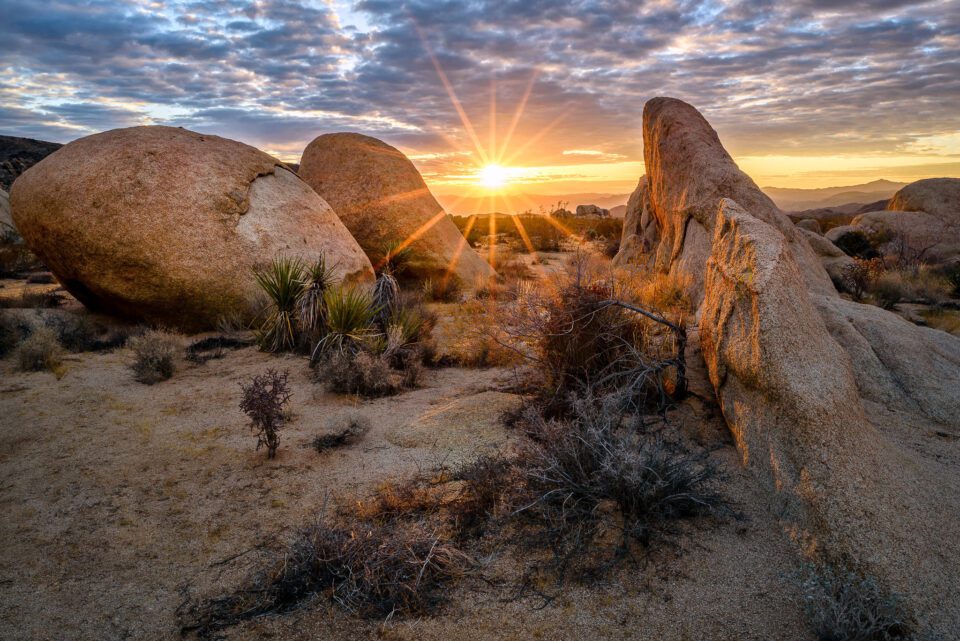
However, I seriously doubt this will happen anytime soon. In the very distant future, maybe, but we are potentially talking about decades here. And that’s if manufacturing DSLRs for Nikon, Canon, and Pentax is going to cost more than the sales they generate.

How do I know this? Well, considering how long we’ve had digital cameras by now, Canon finally decided to stop the production of its EOS-1v film camera only three years ago. And it took Nikon even longer to discontinue its F6 in October of 2020 – that camera was in production for a whopping 16 years!
I expect DSLR production to continue for at least a decade by both Canon and Nikon. The only issue is the cost of production and upkeep of a large selection of EF and F-mount lenses, as well as a wide array of DSLR cameras. Both companies will need to trim their production lines to a handful of lenses and cameras, and minimize their product support costs. This is going to be difficult for Nikon, as the company has been struggling financially, so it might need to cut its F-mount selection significantly.

Why Manufacturers are Moving to Mirrorless
For many DSLR shooters, the sudden shift from DSLR to mirrorless might be hugely disappointing. I have heard many complaints from current Nikon and Canon DSLR owners who are very unhappy about the situation, and they seem to be confused why mirrorless is so hyped, to the point that manufacturers are transitioning to it.
Well, aside from the technological potential of the mirrorless technology I talked about earlier, moving to mirrorless also makes financial sense. Just think about it. If Canon makes a brand new DSLR like 5D Mark V, what is its sales potential? Existing 5D owners who might consider upgrading? Very few of those would buy lenses with the camera, as they most likely already have a bunch of EF glass to shoot with.
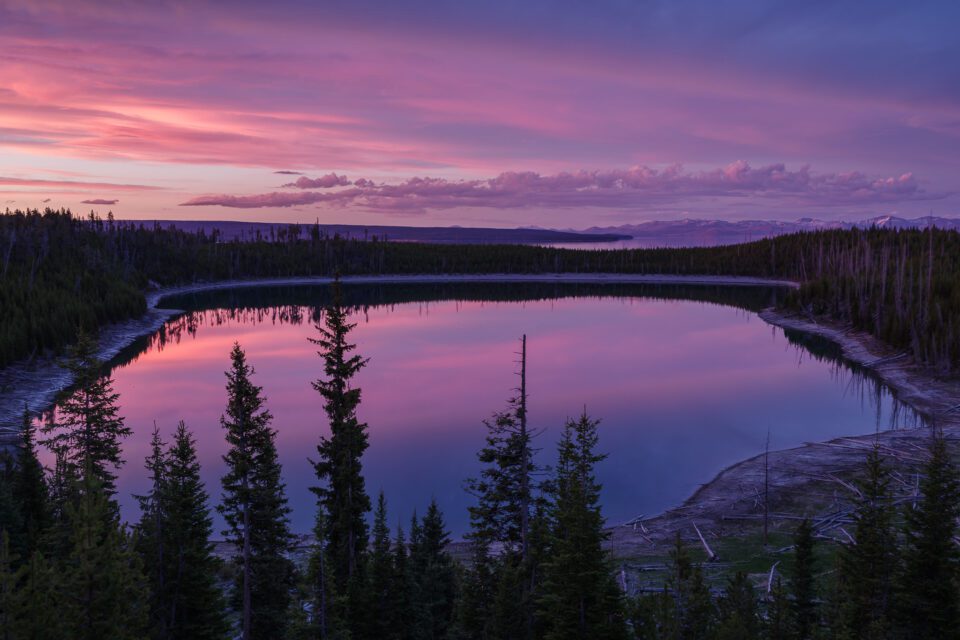
Now if Canon makes a brand new mount, it is not just camera sales we are talking about. There is a huge potential in selling brand new lenses with them as well. So with the launch of a new system, you have a lot more opportunity to upsell lenses and accessories for that system. That’s just business. Both Nikon and Canon are doing the same thing, and we should not be upset about it, as long as the new products are not inferior to their predecessors (and they most certainly are not).
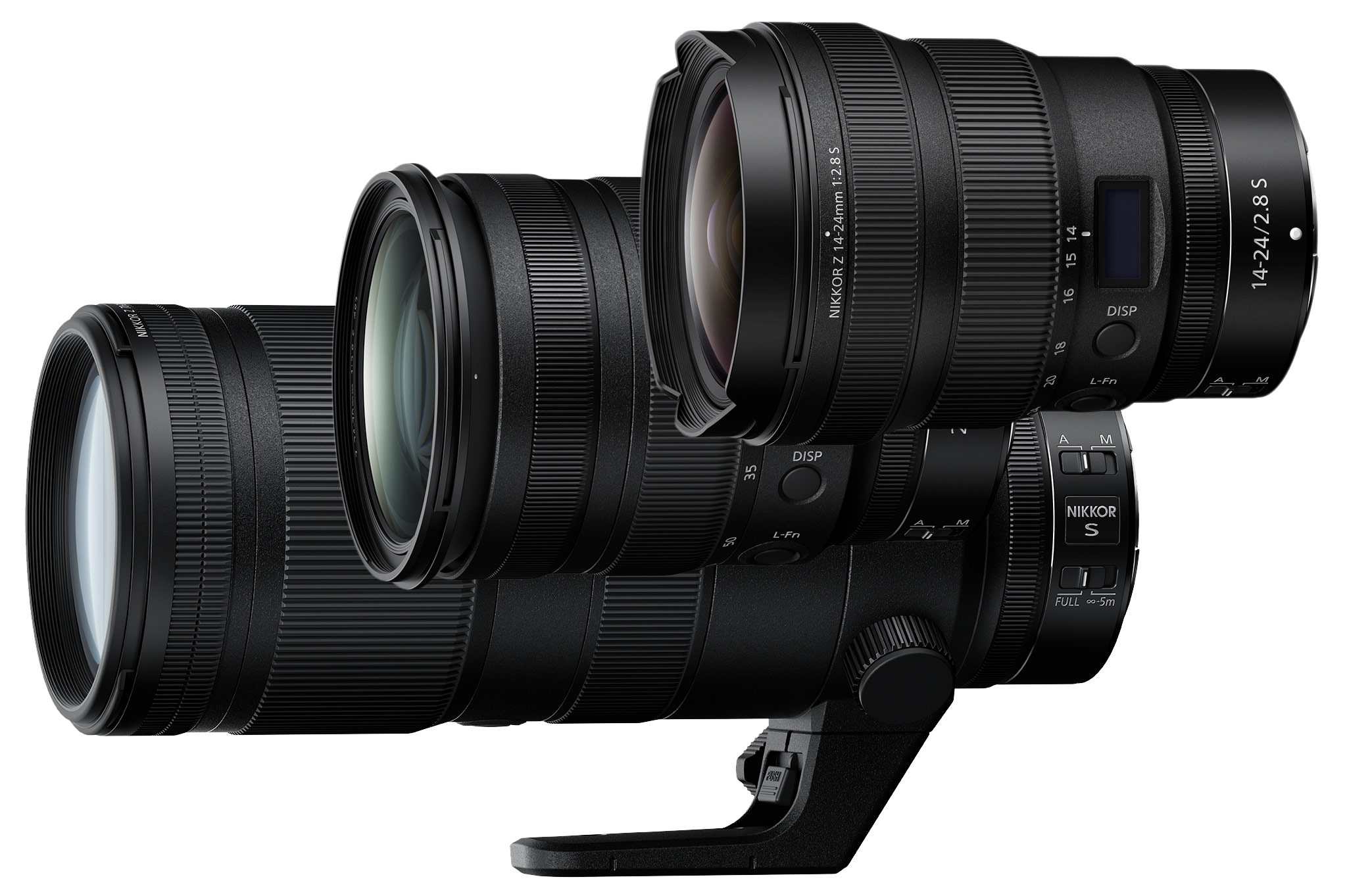
I have already written about the marvels of the new Nikon Z lens trinity. Canon has done the same with its line-up, offering remarkable RF mount lenses that were simply impossible to design in the past. We will be seeing more innovations like that, and I am sure of it.
So if you want the latest tech, you will need to change systems at some point, which will be costly. And camera manufacturers obviously want you to do that, as long as you stay with them. That’s why they are all racing to get the latest and greatest features in cameras while trying to push out as many mirrorless lenses as possible. Some are doing it better than others, so there will be shifts in leadership and market share – that’s a given.

Embrace Mirrorless or Die?
Nobody says that you should be embracing mirrorless. Yes, mirrorless technology will advance and that’s certainly the future. I don’t think anyone can doubt that now. However, if you are happy with your DSLR and don’t see the point of changing systems, why worry? Why waste your time reading online comments from brand shills and fanboys who are only there to defend their purchase decisions? That’s just choice-supportive bias at play, fueled by Internet anonymity.
Even if we never see another DSLR from Nikon and Canon, that’s perfectly fine. It has happened before, and I am sure it will happen again. If someone comes up with some new crazy technology that is far superior to all the mirrorless tech we have today (curved sensors, simplified optics, etc), we will be once again dealing with the transformation of the whole camera industry…

I have been using DSLRs for many years, and if I had the means to support multiple systems, I would have kept my most favorite DSLRs and all the lovely F-mount glass that I had used for so many years (it was especially tough to part with the Noct-NIKKOR 58mm f/1.2, but at least I know it is in very good hands). I am sure others have a similar sense of attachment and memories, at least to some of their gear.
It is not like my photography has vastly improved since I switched to mirrorless. I cannot say that I am enjoying photography a lot more either, and I am sure many others who switched would say the same. I have always been a geek, so technology excites me and fuels my passion. This is also my job, so it is in my best interest to keep up with the latest trends so that I can talk about them here at PL. Keep this in mind when you read my articles and reviews. I am not here to sell you anything. I don’t get paid by any brand to say what I say, and I will always enjoy my freedom. As I have said before, take everything you read on the Internet with a grain of salt, and that includes me.
Ending this post with one of my all-time favorite shots, captured with the Nikon D3S DSLR – an incredible camera for its day:

P.S. It has now been almost 10 years since I wrote my article on the “Future of Digital Cameras“. It was fun to go back and give it a read… will need to revisit this article after a few years and see where we are at!